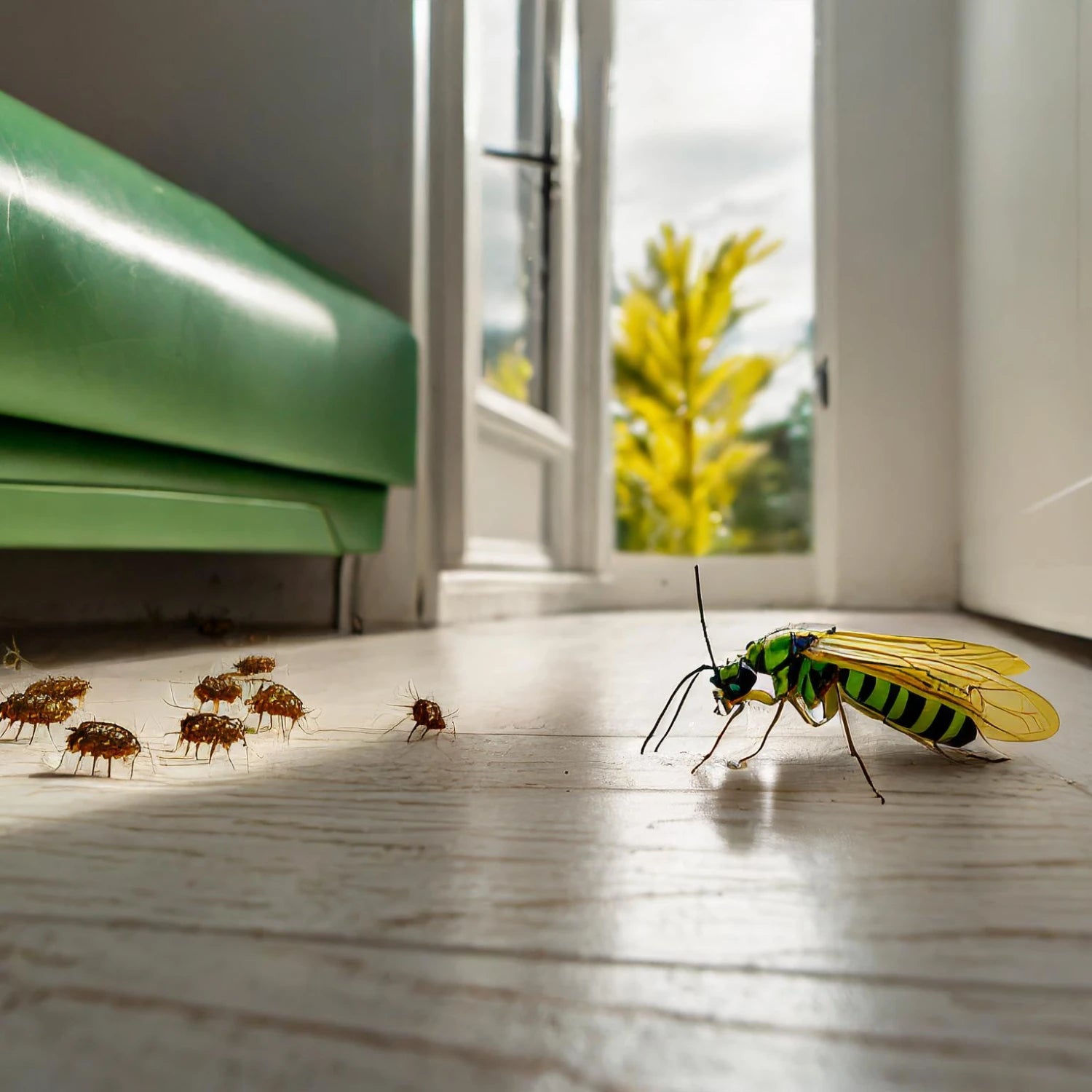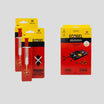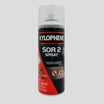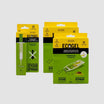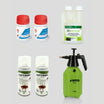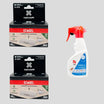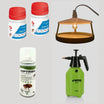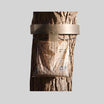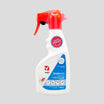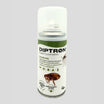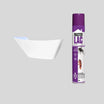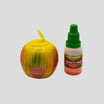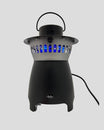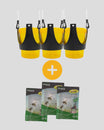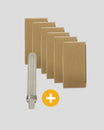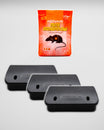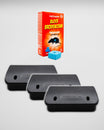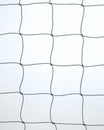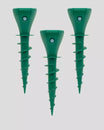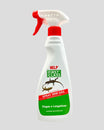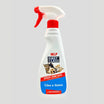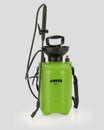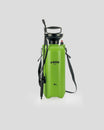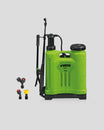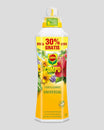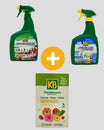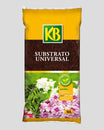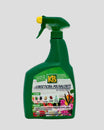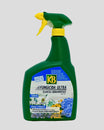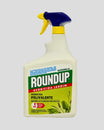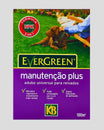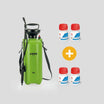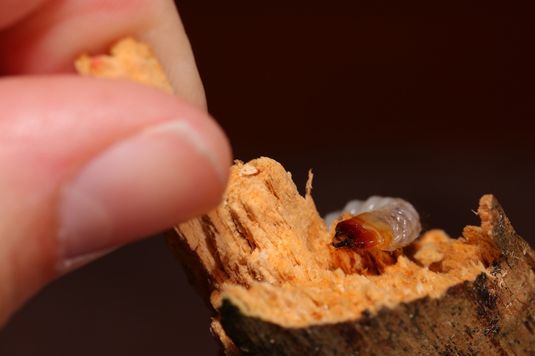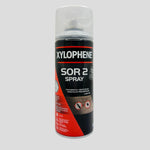Woodworms and termites are silent pests that can cause serious damage to wooden furniture, structures and objects. Identifying their presence is essential to avoid greater damage. In this article, we explain how to detect these insects, the differences between them and the most common signs of infestation.
Differences Between Woodworms and Termites
Woodworm (Woodworms):
- It is an insect that attacks dry or damp wood.
- It lays eggs in the wood, and the larvae dig in to feed.
Termites:
- Known as white ants, they attack wood and cellulose.
- They prefer damp wood and can destroy entire structures, as they live in colonies.
Signs of Woodworm Infestation
1. Small Holes in Wood:
- These are exit holes created by larvae as they become adults.
- They are usually about 1-2 mm in diameter.
2. Sawdust or Fine Powder:
- The dust is the result of the larvae digging inside the wood.
3. Fragile Furniture:
- Wood may sound hollow or brittle.
4. Live Insects:
- Adults may be seen near infected wood, especially in warm climates.
Signs of Termite Infestation
Mud Tunnels:
- Subterranean termites build mud tunnels to protect themselves as they move around.
- These tunnels usually appear at the bases of walls or furniture.
Hollow Wood to Touch:
- Wood infected by termites often sounds hollow when tapped.
Discarded Wings:
- Breeding termites leave discarded wings after mating, usually near windows or doors.
Presence of Termites:
- They look like white ants and can be seen on damaged wood.
What to do when you detect an infestation?
● Woodworm:
the Use specific treatments, such as liquid, gel or spray insecticides, which penetrate the wood and eliminate the larvae.
the Consult specialists if the damage is extensive.
● Termites:
the Apply wood treatments and chemical barriers around the property to prevent access.
the In severe cases, a professional service may be necessary.
Woodworm and Termite Prevention
Treated Wood:
- Use wood treated with insect repellent products.
Humidity control:
- Keep the wood dry and avoid leaks.
Regular Inspections:
- Perform annual inspections on wooden furniture and structures.
Recomended Products
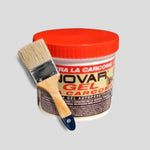
Preventive Treatment against Woodworm | woodworm and termites
Translation missing: en.product.price.from
€15,90
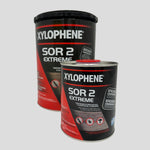
Treatment against Woodworm | Large Structures
Translation missing: en.product.price.from
€19,99

